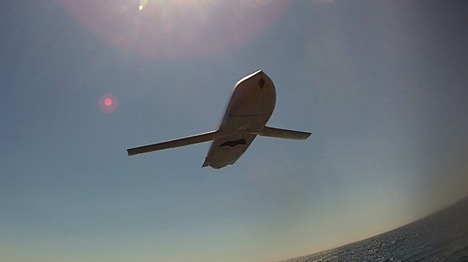Missile Upgrades for the P-8 Poseidon
PMA-290, the Program Office for the P-8A Poseidon at US Naval Air Systems Command (NAVAIR), has made an approach to industry for the integration of the AGM-158C Long Range Anti-Ship Missile (LRASM) and other advanced weapon systems into a test aircraft.
The LRASM is a long range, precision-guided anti-ship missile armed with a penetrator and blast fragmentation warhead for day or night, all weather conditions. The missile employs a multi-modal sensor suite, weapon data link, and enhanced digital anti-jam Global Positioning System to aid target discrimination in congested waters.
Open sources indicate it has a range in excess of 200 nautical miles and has been successfully integrated on the F/A-18E/F Super Hornet and USAF B-1B Lancer.
The NAVAIR solicitation also includes the potential for integration of the Joint Direct Attack Munition (JDAM) variants, Mk62/63/65 mines, Small Diameter Bomb (SDB-II), Miniature Air Launched Decoy (MALD), Bomb Rack Unit BRU-55, and the Universal Armament Interface (UAI).
NAVAIR indicated the integration work will commence in early 2021 and continue for five years; however, this is likely to be the beginning of an extensive series of enhancements to the P-8A as its mission-set expands to meet a more complex and sophisticated maritime threat.
As previously reported in ADBR, the RAAF has taken delivery of the last of its current order for 12 Boeing P-8A Poseidon aircraft. The aircraft was delivered to RAAF Edinburgh on December 12, just three years after the first P-8A arrived in-country in November 2016. The 12 P-8As were ordered in three batches each of four aircraft, and Australia retains options for an additional three P-8As which are yet to be confirmed.
The RAAF P-8 was successfully acquired by the Commonwealth via a Co-operative Program with the US Navy rather than a traditional Foreign Military Sale (FMS).
This article was published by ADBR on February 5, 2020.
The featured photo shows the Low-observable LRASM is a development of the JASSM-ER.

